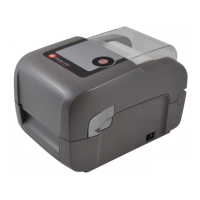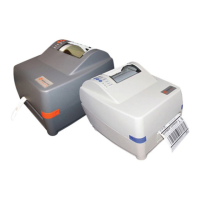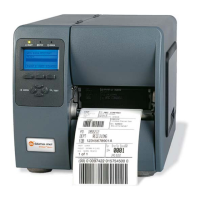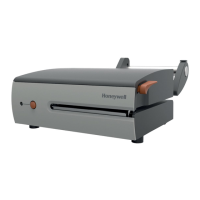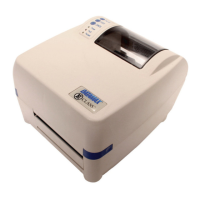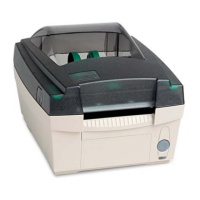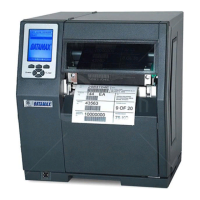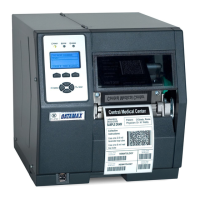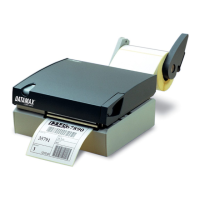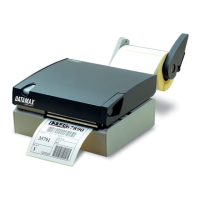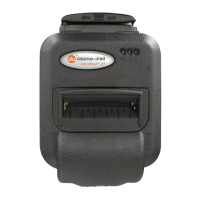Appendix G – Bar Code Details
Class Series 2 Programmer’s Manual 205
This printer supports the Code 128 subsets A, B, and C. The printer can be selected to
start on any code subset and switch to another within the data stream. The default code
subset is B; otherwise, the first character (A, B, C) of the data field determines the
subset. Subset switching is only performed in response to code switch command. These
commands are placed in the data to be encoded at appropriate locations; see Table G-1.
The use a B as the first character is recommended to prevent an A or C from changing
the subset.
Subset A: Includes all of the standard uppercase alphanumeric keyboard characters
plus the control and special characters. To select Code 128 Subset A, place an ASCII A
(DEC 65, HEX 41) before the data to be encoded.
Subset B: Includes all of the standard uppercase alphanumeric keyboard characters
plus the lowercase alphabetic and special characters. To select Code 128 Subset B, place
an ASCII B (DEC 66, HEX 42) before the data to be encoded. If no start character is sent
for the Code 128 font, Code 128 Subset B will be selected by default.
Subset C: Includes the set of 100 digit pairs from 00 through 99 inclusive, as well as
special characters. Code 128 Subset C is used for double density encoding of numeric
data. To select Code 128 Subset C, place an ASCII C (DEC 67, HEX 43) before the data
to be encoded. Subset C can only encode an even number of numeric characters. When
the data to be encoded includes an odd number of numeric characters, the last character
causes the printer to automatically generate a “switch to subset B” and encode the last
character appropriately in subset B.
Special Character Handling: Characters with an ASCII value greater than 95 are
considered special characters. To access these values, a two-character reference table is
built into the printer (see below).
For example, to encode FNC2 into a Code 128 Subset A bar code, send the ASCII “&”
(DEC 38, HEX 26) followed by the ASCII “B” (DEC 66, HEX 41).
Sample: ATEST&B123 Encoded: TEST<FNC2>123
ASCII 2 CHAR CODE A CODE B CODE C
96 &A FNC3 FNC3 -NA-
97 &B FNC2 FNC2 -NA-
98 &C SHIFT SHIFT -NA-
99 &D CODEC CODEC -NA-
100 &E CODEB FNC4 CODEB
101 &F FNC4 CODEA CODEA
102 &G FNC1 FNC1 FNC1
Table G-1: Special Character Handling
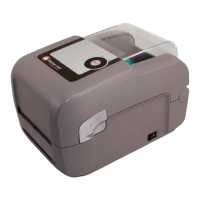
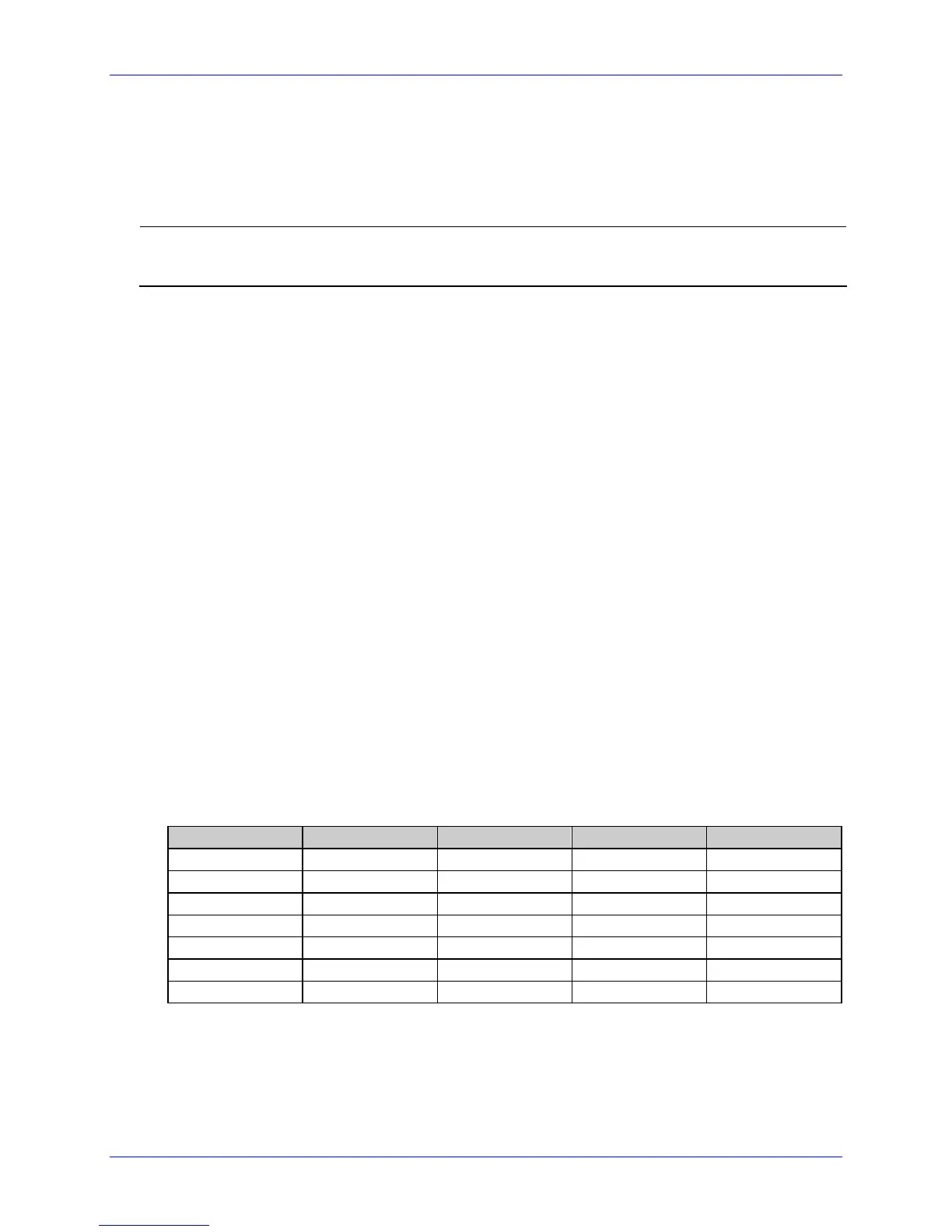